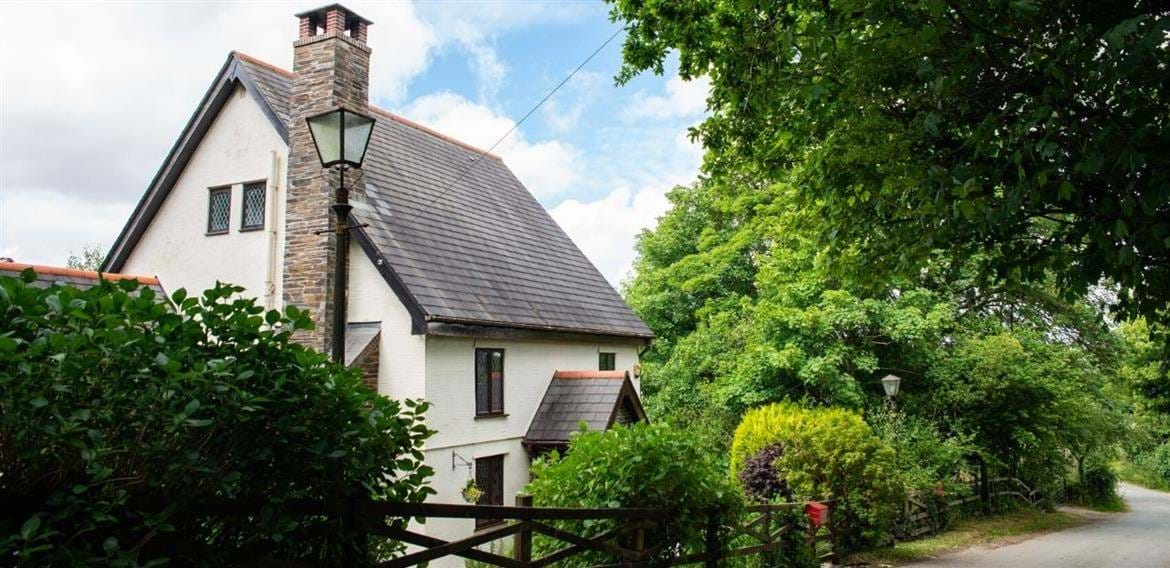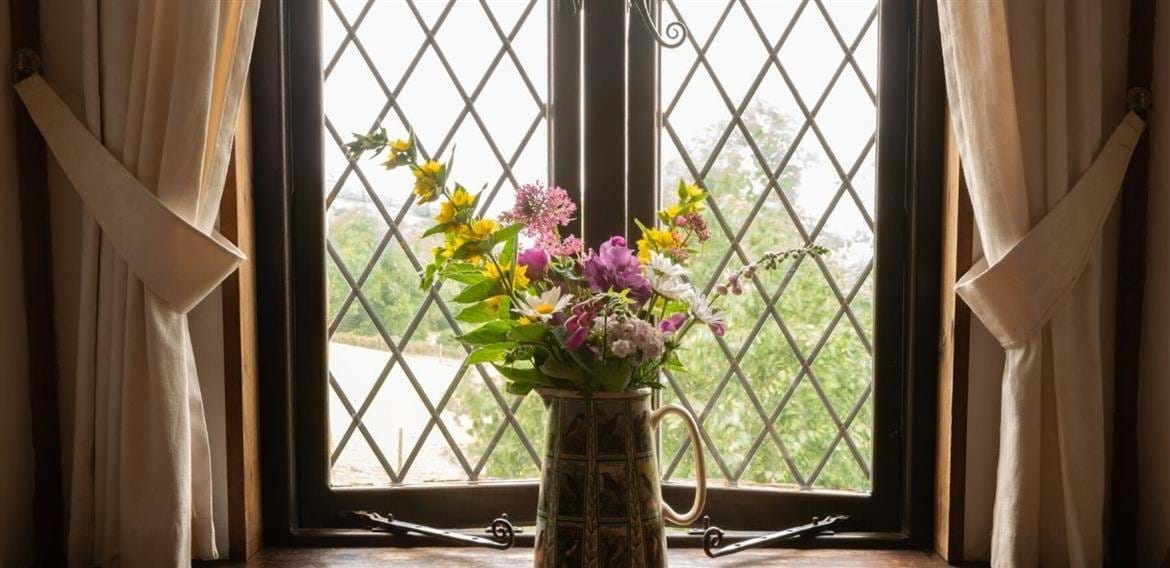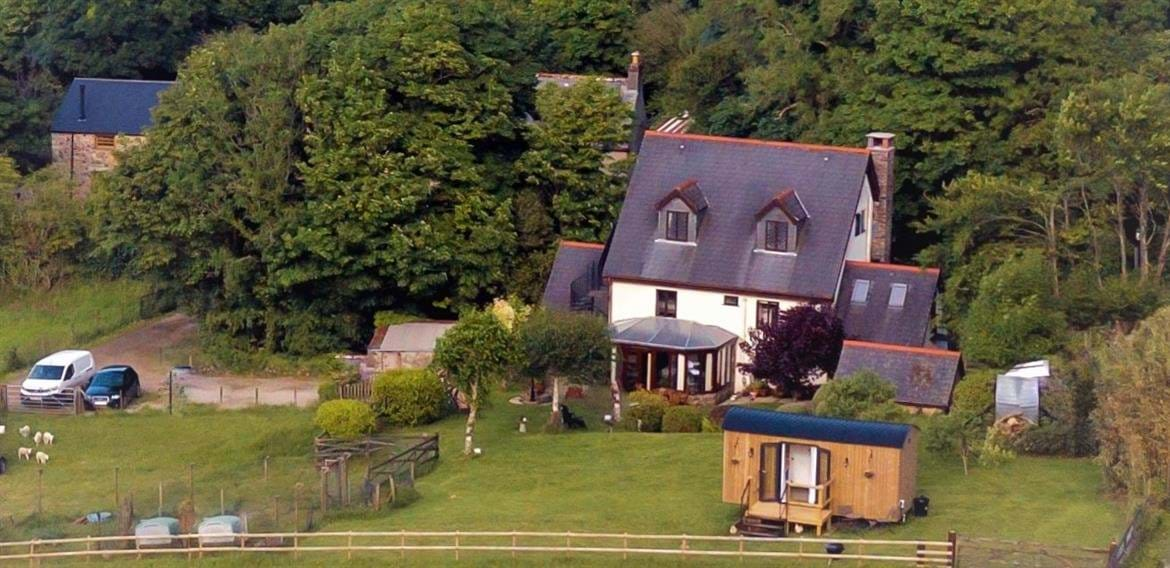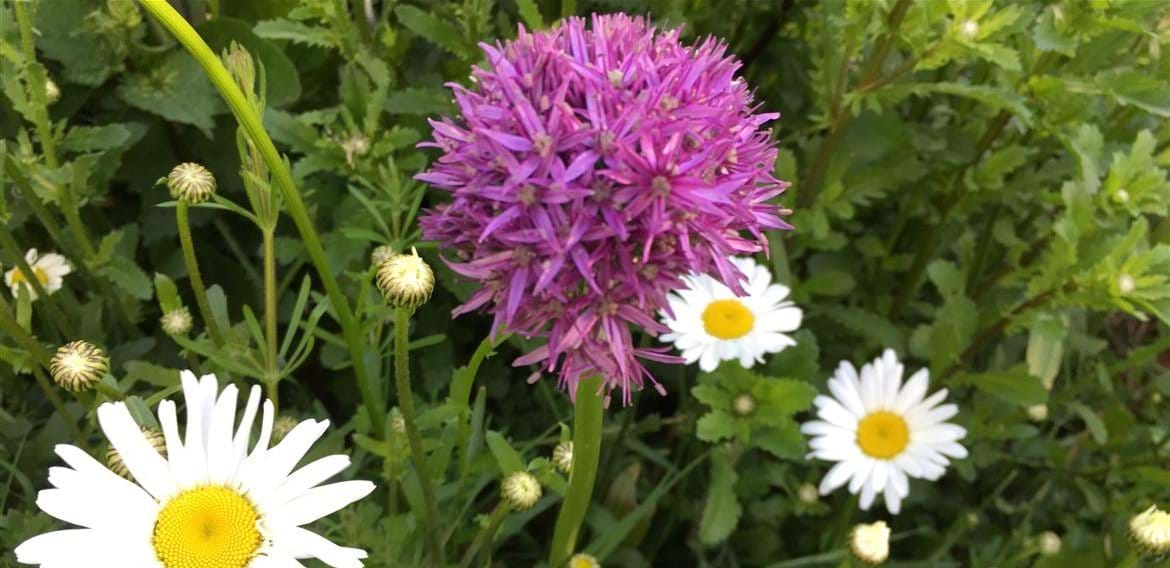How to navigate the Cornish lanes
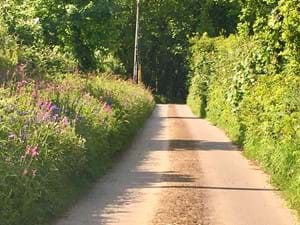
Demelza Cottage is accessed via a single-track lane with passing places. This might upset a few people, but here is some tough love – get used to it!
It is virtually impossible to explore the best bits of Cornwall without having to navigate a lane or two. The adventure is made even more perilous by the seemingly comfy vegetation, behind which lies a few tonnes of Cornish granite.
These Cornish hedges are pretty unique, a combination of stone walls and hedges, they are the highways of Cornwall’s abundant biodiversity, forming a patchwork landscape in which nature can roam and flourish.
The centre of the Cornish hedge comprises compacted soil, which helps nature take a foothold. Some of this soil is home to rare species, which have thrived, relatively untouched for many centuries.
If you want to find out more about the Cornish hedge, then I recommend you take a trip to Kerdroya, the world’s largest classical labyrinth. Located at Colliford Lake on Bodmin Moor, it is made almost entirely from Cornish hedging. Download the guide, and it will give you a unique perspective and admiration for the role of the Cornish hedge and the master craftsmen responsible for building them, some of which have gained their knowledge generation to generation.
Back to the lanes. They are a thing of beauty, especially in the spring, when all the wild flowers come to life – primroses, bluebells, red campion, ancient ferns, foxgloves, valerian, to name a few. Some of the best countryside and beaches are accessed via narrow lanes, the views from others are simply outstanding.
The lanes on the moors might be blocked by lazy ponies, sheep and cattle, but worth the delay in getting to your destination. The lane to Rough Tor is a rollercoaster of a road, with just one single destination that is definitely worth exploring. The lane to Hawker’s Cove or Trevone is awash with the pink and white of valerian in the summer.
Here in Demelza, after a few days of exploring, you’ll come to realise that the lane home isn’t actually that narrow, by comparison. You might even slow down to admire the ancient ferns and flowers. The horses, sheep, and cattle that graze on the adjacent fields. You may even see the occasional fox, rabbit, badger, stoat, or deer.
However, there are some practical tips and warnings that I’d like to share with you as possible newcomers.
- All lanes have some wider spots for passing. Try to make a note of these as you go past, so that you know how far you may need to reverse. The generally accepted rule is that whoever is nearest a passing place, reverses.
- The area you are visiting is popular with horse riders and cyclists. If you can’t find a passing place, stop still and let them pass.
- Your satnav is likely to take you the shortest route. Sometimes that means a track rather than a lane!
- Our farmers are very accomplished on the lanes, but even the most skilled farmer may struggle with reversing a tractor and a trailer. Please give them right of way, and if you find it difficult to reverse, they will probably reverse your car for you!
- Look well ahead. If you spot a car in the distance, tuck into a passing place and wait for them to pass.
- When going round a bend, or if there is a stretch of road that you can’t see ahead, imagine there is a tractor around it. It's best to be cautious than smashed. Keep tucked to the left, so you have a better chance of escaping an oncoming vehicle.
- Take your time if you need to reverse. Generally, we’re in no rush.
- Remember to smile, thumbs up, or say thank you to anyone who passes.
- You may need to drive into a gateway and reverse back out again.
- In winter, if you need to duck into a parking space, keep two wheels on the lane, so that you can get out if it’s slippery.
I hope that helps, and we can empathise. A recent trip to the Spanish mountains left us clutching our seats in places. But it was all part of the adventure.


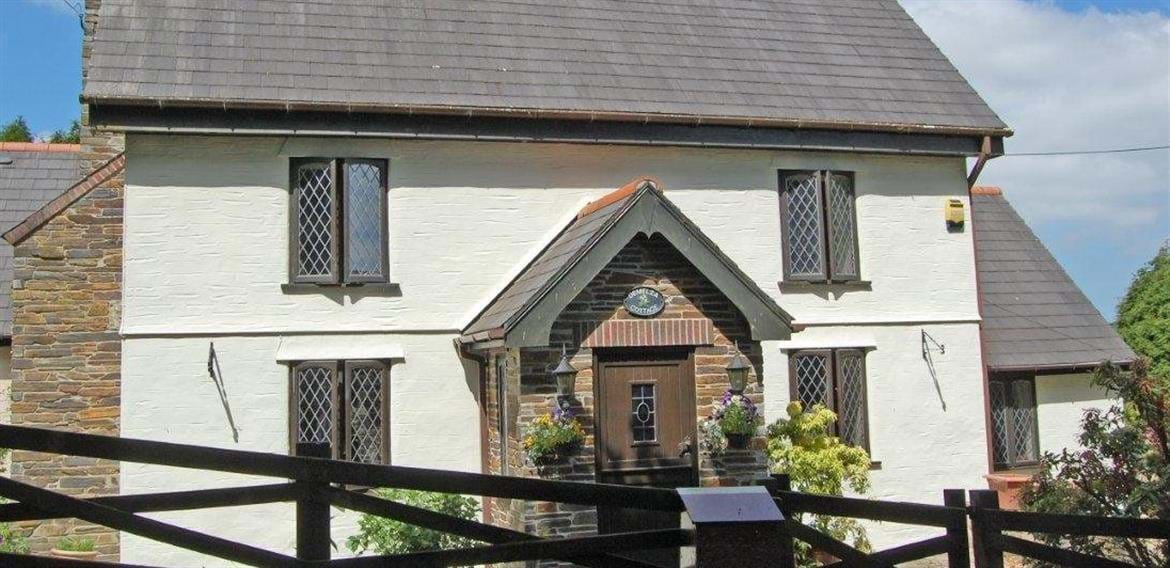

_cropped.jpg?width=1170&height=568&grow=1&scale=both&mode=crop&quality=85&v=20240606150459)
